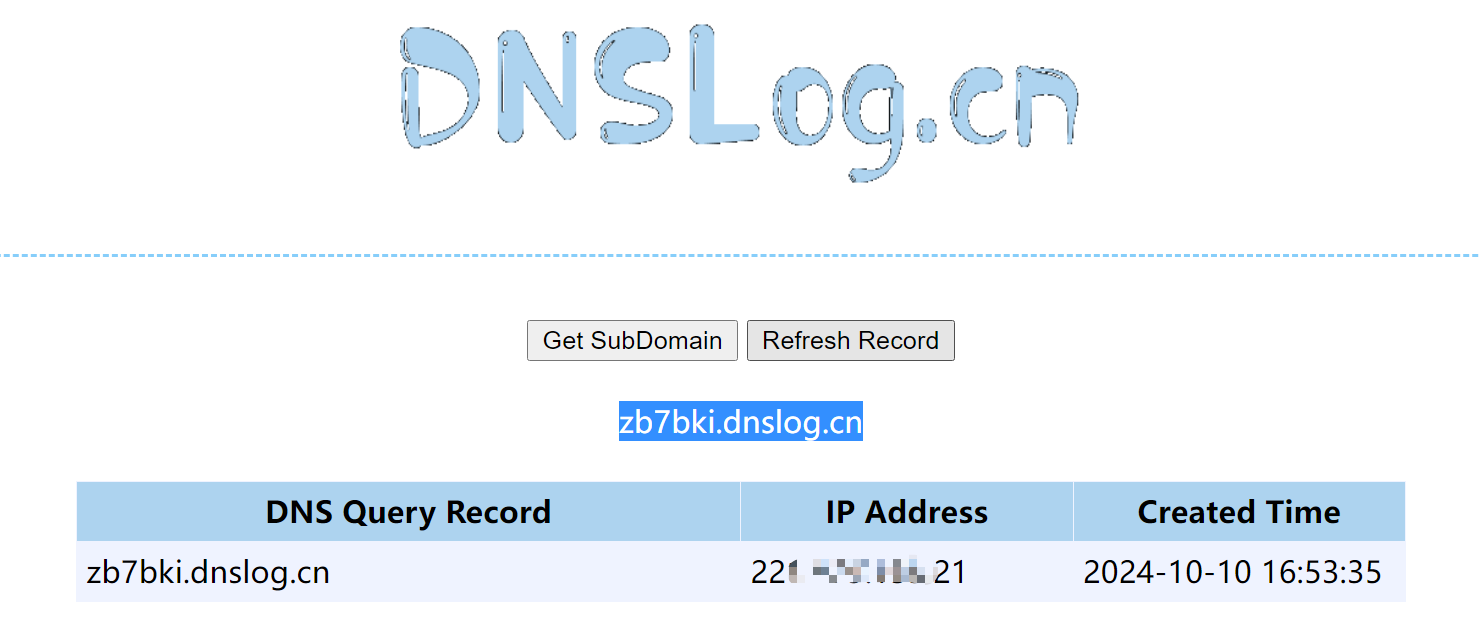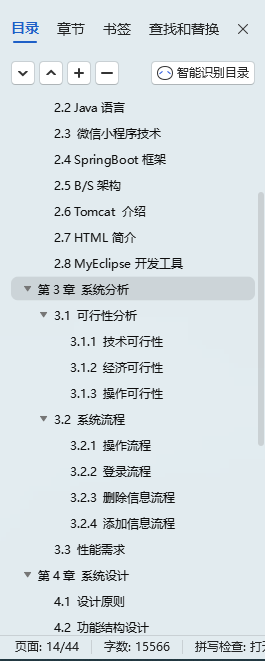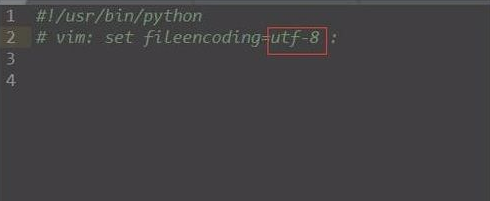在传统的yolov5网络中并不存在注意力机制,但是源代码中存在相关简略的代码:
def __init__(self, c, num_heads):
"""
Initializes a transformer layer, sans LayerNorm for performance, with multihead attention and linear layers.
See as described in https://arxiv.org/abs/2010.11929.
"""
super().__init__()
self.q = nn.Linear(c, c, bias=False)
self.k = nn.Linear(c, c, bias=False)
self.v = nn.Linear(c, c, bias=False)
self.ma = nn.MultiheadAttention(embed_dim=c, num_heads=num_heads)
self.fc1 = nn.Linear(c, c, bias=False)
self.fc2 = nn.Linear(c, c, bias=False)
def forward(self, x):
"""Performs forward pass using MultiheadAttention and two linear transformations with residual connections."""
x = self.ma(self.q(x), self.k(x), self.v(x))[0] + x
x = self.fc2(self.fc1(x)) + x
return x实现了一个带有多头注意力机制和线性变换的Transformer层,并使用残差连接来增强模型的学习能力。
我们将代码修改为:
class TransformerLayer(nn.Module):
"""Transformer layer with multihead attention and linear layers, optimized by removing LayerNorm.
Args:
c (int): The dimension of the input embeddings.
num_heads (int): The number of heads in the multiheadattention models.
Returns:
torch.Tensor: The output tensor after transformation.
"""
def __init__(self, c, num_heads):
"""
Initializes a transformer layer, sans LayerNorm for performance, with multihead attention and linear layers.
Args:
c (int): The dimension of the input embeddings.
num_heads (int): The number of heads in the multiheadattention models.
Raises:
ValueError: If `c` or `num_heads` is not a positive integer.
"""
super().__init__()
if not isinstance(c, int) or c <= 0:
raise ValueError("c must be a positive integer")
if not isinstance(num_heads, int) or num_heads <= 0:
raise ValueError("num_heads must be a positive integer")
self.q = nn.Linear(c, c, bias=False)
self.k = nn.Linear(c, c, bias=False)
self.v = nn.Linear(c, c, bias=False)
self.ma = nn.MultiheadAttention(embed_dim=c, num_heads=num_heads)
self.fc1 = nn.Linear(c, c, bias=False)
self.fc2 = nn.Linear(c, c, bias=False)
self.relu = nn.ReLU()
self.dropout = nn.Dropout(0.5)
# Initialize weights
nn.init.xavier_uniform_(self.q.weight)
nn.init.xavier_uniform_(self.k.weight)
nn.init.xavier_uniform_(self.v.weight)
nn.init.xavier_uniform_(self.fc1.weight)
nn.init.xavier_uniform_(self.fc2.weight)
def forward(self, x):
"""Performs forward pass using MultiheadAttention and two linear transformations with residual connections and activation functions.
Args:
x (torch.Tensor): The input tensor.
Returns:
torch.Tensor: The output tensor after transformation.
"""
try:
attn_output, _ = self.ma(self.q(x), self.k(x), self.v(x))
x = attn_output + x
x = self.fc2(self.relu(self.fc1(x))) + x
x = self.dropout(x)
return x
print("dropout=0.5")
except Exception as e:
print(f"Error during forward pass: {e}")
raise
改进后的代码有以下优势:
- 对参数进行有效化检查(显然不需要,为了从字数呗)。
- 在两个线性层之间使用ReLU激活函数,引入非线性层,使得模型能够更好的拟合复杂的函数关系。
- 引入dropout层,减少过拟合。(不过这个参数可以调少一点)。
- 对线性层的各个权重进行Xavier均匀初始化(详细公式),加快收敛速度。
我在head的num方面取数量为8,即8头注意力机制。包含6个transformer层。
在不修改的时候运行的结果如下:

如果不对transformer层进行改进,而只是添加了该层进行训练,结果如下:

不巧的是,效果有显著的下降。
改进之后训练的结果如下:

调一下drop试试:(此时dropout=0.1)

应该是代码错了,修改下代码重来,代码修改如下:
import torch
import torch.nn as nn
class TransformerLayer(nn.Module):
"""Transformer layer with multihead attention and linear layers, optimized by removing LayerNorm."""
def __init__(self, c, num_heads, dropout_rate=0.1):
"""
Initializes a transformer layer, with multihead attention and linear layers.
Args:
c (int): The number of input/output channels.
num_heads (int): The number of attention heads.
dropout_rate (float): The dropout rate for regularization.
"""
super().__init__()
self.q = nn.Linear(c, c, bias=False)
self.k = nn.Linear(c, c, bias=False)
self.v = nn.Linear(c, c, bias=False)
self.ma = nn.MultiheadAttention(embed_dim=c, num_heads=num_heads)
self.fc1 = nn.Linear(c, c, bias=False)
self.fc2 = nn.Linear(c, c, bias=False)
self.dropout = nn.Dropout(dropout_rate) # Dropout layer
self.activation = nn.GELU() # Activation function
def forward(self, x):
"""Performs forward pass using MultiheadAttention and two linear transformations with residual connections."""
# Multihead attention
attn_output = self.ma(self.q(x), self.k(x), self.v(x))[0]
x = attn_output + x # Residual connection
x = self.dropout(x) # Apply dropout
# Feedforward network
x = self.fc1(x)
x = self.activation(x) # Activation function
x = self.fc2(x) + attn_output # Residual connection
return x
省去了xavier均匀初始化,在第一个线性层后面添加了GELU激活函数,增强非线性的表达能力。每个主要操作后面都添加了残差连接,有助于梯度流动。(希望能有用吧,求求了!!!)
改进的结果如下:(算了,还是在xavier均匀化的基础上改进吧)。

在每一个layer之后加一个规范化之后帮助稳定训练过程,使用 kaiming_uniform_ 方法进行权重初始化,结果如下:(换一种思路)

激活函数换一下试试:

只有在召回率方面比较有优势。但是在其他方面有所下降,所以要换一种模块的更新。
另一个方向的修改就是在原本的模块中加入一层注意力机制,但是不幸运的是,效果却是下降了,注意力机制层如下:

然而结果却是各个指标都有所弱化,效果明显不好,有可能是因为训练的轮数不够导致的,(可以弥补学习率的调整不周到),所以我放大了训练的轮数到1000,重新进行训练,训练后的结果相比100轮的yolov5s有所进步(稍微一点,但是在分类上看,yolov5s表现的很强劲):

 相比100轮的SE有大的进步,说明在100轮时模型还未达到收敛,不过不能由此证明SE有明显的优势,我将yolov5s也训练了1000轮对比一下:
相比100轮的SE有大的进步,说明在100轮时模型还未达到收敛,不过不能由此证明SE有明显的优势,我将yolov5s也训练了1000轮对比一下:

可见SE还是不太适合作为一个可行的修改选项的。(也可能是网络结果配置的不合适)。
由于yolo的显著优势就是能快速收敛,所以对于模型的速度要求很高,这里我们就固定取100轮,在使用SE的基础上,我们将所有C3层改为C2f层。
简要介绍一下C3层,C3层使用残差网络链接能解决网络中的梯度消失问题

也就是三个卷积加一个瓶颈层(包含卷积核残差块)。输出是将输入先放到第一个卷积中,然后将得到的结果放到瓶颈层中,同时与原始输入经过第二个卷积层得到的结果相拼接。
模型并不复杂,同时实现多尺度的特征融合。
C2f相对复杂,将输入层经过多次分割,更好的融合了不同层次的特征。(但是仅有理论不能确定其在yolov5中是否更加有效,在此我将源代码中的C3全部替换变成C2f(包含主干部分和头部分),结果效果仍然是变差的)),当然也有可能是我选择添加的位置不对。



















